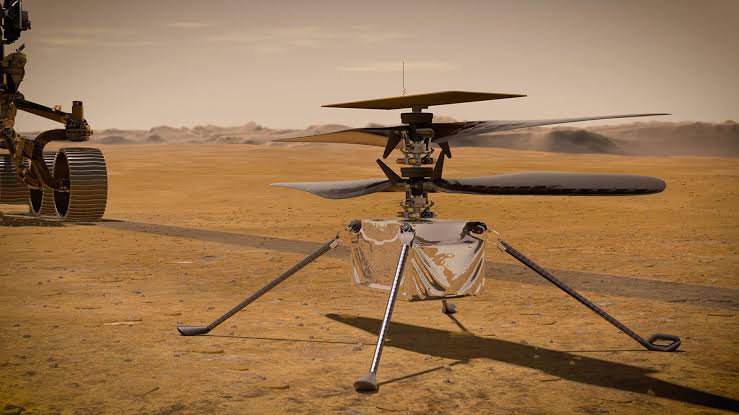Science Of Focus
It’s not just your yoghurt, even planet Earth has an expiry date.
However, orbital instabilities in the Solar System may eventually lead to a catastrophic collision between Earth and one of the other terrestrial planets – Mercury, Venus or Mars. Yet the possibility of that happening is only about 1 per cent over the next five billion years or so.
The most likely scenario for the total annihilation of Earth? Being engulfed into the Sun as it transforms into a ‘red giant’ star. As the Sun’s thermonuclear fuel, hydrogen, becomes depleted in its core, our star’s outer envelope will begin to expand. In this phase of its evolution, the Sun will lose a significant amount of mass, meaning Earth’s orbit will also expand.
However, current theory suggests the new orbit won’t be large enough for the Earth to escape interaction with the lower atmosphere of the expanding Sun. This means Earth will likely still be vaporised by the growing star.
But don’t worry, this scorching destruction of Earth is a long way off: about 7.59 billion years in the future, according to some calculations. Even if our planet somehow survives and remains in orbit around the bloated red giant Sun, Earth’s natural orbital decay means it would merge with the dead Sun’s remnant.
Eventually, anyway: this fate would occur in about 100 billion billion years. Not bad considering the Universe is only around 13 billion years old now.


